End Stage Peripheral Vascular Disease
End stage peripheral vascular disease. The prevalence of PAD in ESRD patients is 1748 2 3. Diseases of the peripheral as opposed to the cardiac circulation. Mortality peripheral vascular disease E nd-stage renal disease ESRD is a powerful determinant of atherosclerotic vascular disease and is associated with a remarkably high incidence of cardiovascular morbidity and mortality1 Peripheral arterial disease PAD is an important manifestation of systemic atherosclerosis and is common among.
This is of particular interest to nephrologists because the risk for PAD is increased in CKD. Peripheral artery disease PAD is obstruction of the arterial lumen resulting in decreased blood flow to the distal limbs. Narrowing blockage or spasms in a blood vessel can cause PVD.
Smoking and diabetes are considered to be main risks of lower extremity PVD 1 but it is unclear whether other risk factors for coronary heart disease CHD are also risk factors for PVD. Peripheral arterial disease PAD at the second stage Fontaine Intermittent Claudication affects 15 of population in the age range from 40 to 80. Peripheral vascular disease in end-stage renal disease patients.
Kidney Failure Chroniccomplications Kidney Failure Chronictherapy. The risk of peripheral arterial disease PAD in patients with end-stage renal disease ESRD is 10 times higher than non-ESRD patients In the United States. PVD may affect any blood vessel outside of the heart including the arteries veins or lymphatic vessels.
This results in reduced blood flow through the clogged artery. The condition most often occurs in the leg arteries but in some cases the arteries in arms head stomach and kidneys may also be affected. The aims of the present study were to describe the prevalence of peripheral arterial disease PAD and its effects on prognosis and health-related quality of life HRQOL in an international cohort of patients on hemodialysis.
Peripheral vascular disease PVD refers to the atherosclerotic disease of peripheral arteries most commonly in the lower extremities. Condition in which there is a deviation from or interruption of the normal structure or function of the blood vessels outside the heart. PAD as reviewed by OHare et al confers substantial risks for morbidity and mortality in the ESRD population.
Ischemic Ulceration Stage 5 6- Also known as arterial insufficiency ulcers occurs mostly in. This shows there is a significant blockage in the arteries of the lower extremities.
Onset may be insidious atherosclerosis or abrupt.
Peripheral artery disease PAD is obstruction of the arterial lumen resulting in decreased blood flow to the distal limbs. Progression of peripheral vascular complications PVC defined as any midfoot or limb amputation AMP any ischemic ulceration requiring treatment ULCER and lower-extremity bypass surgery or angioplasty LEBP. 12 Also known as atherosclerotic peripheral vascular disease complications can include lower-extremity weakness with impaired functional status increased rate of functional decline pain chronic skin ulceration gangrene amputation. The aims of the present study were to describe the prevalence of peripheral arterial disease PAD and its effects on prognosis and health-related quality of life HRQOL in an international cohort of patients on hemodialysis. Smoking and diabetes are considered to be main risks of lower extremity PVD 1 but it is unclear whether other risk factors for coronary heart disease CHD are also risk factors for PVD. 12518956 PubMed - indexed for MEDLINE Publication Types. PVD may affect any blood vessel outside of the heart including the arteries veins or lymphatic vessels. Peripheral vascular disease in end-stage renal disease patients. Peripheral vascular disease PVD is a slow and progressive circulation disorder.
Peripheral vascular disease PVD is a slow and progressive circulation disorder. Patients with end-stage renal disease are at high risk for cardiovascular morbidity and mortality. PVD may affect any blood vessel outside of the heart including the arteries veins or lymphatic vessels. Narrowing blockage or spasms in a blood vessel can cause PVD. Onset may be insidious atherosclerosis or abrupt. Ischemic Ulceration Stage 5 6- Also known as arterial insufficiency ulcers occurs mostly in. One hundred major lower limb amputations were performed for end stage peripheral vascular disease over a 15-month period.
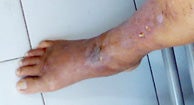


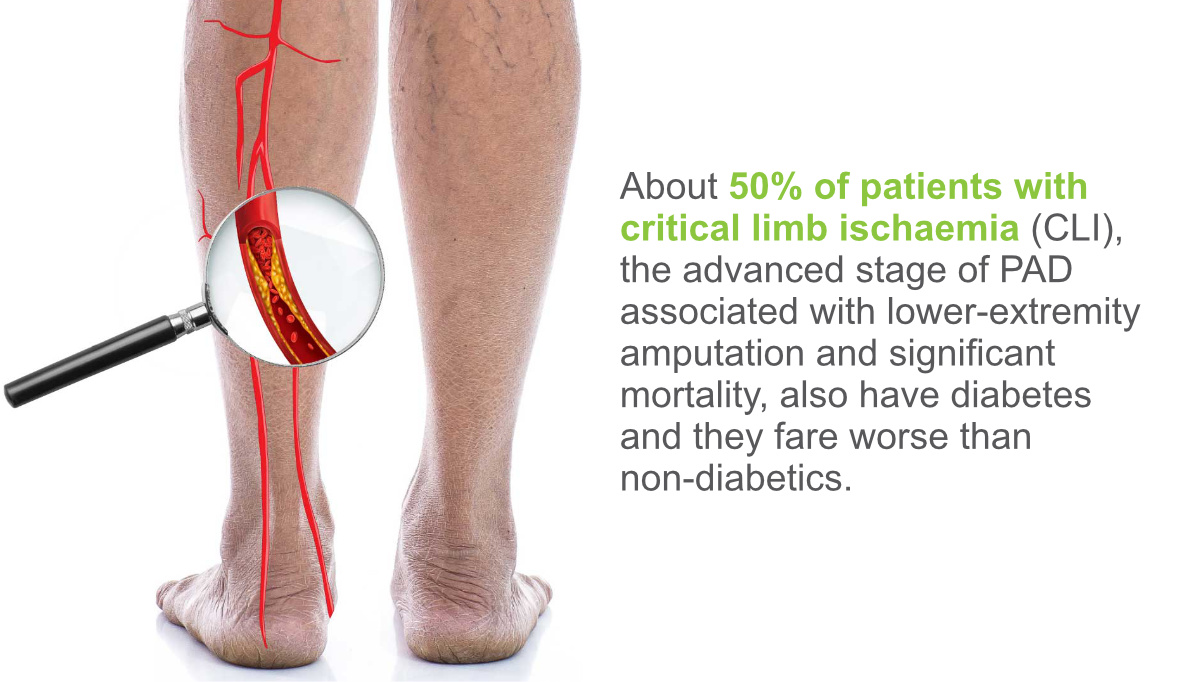







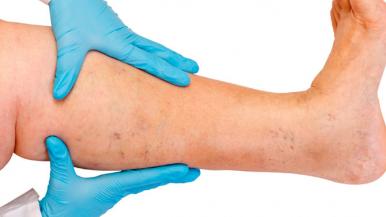








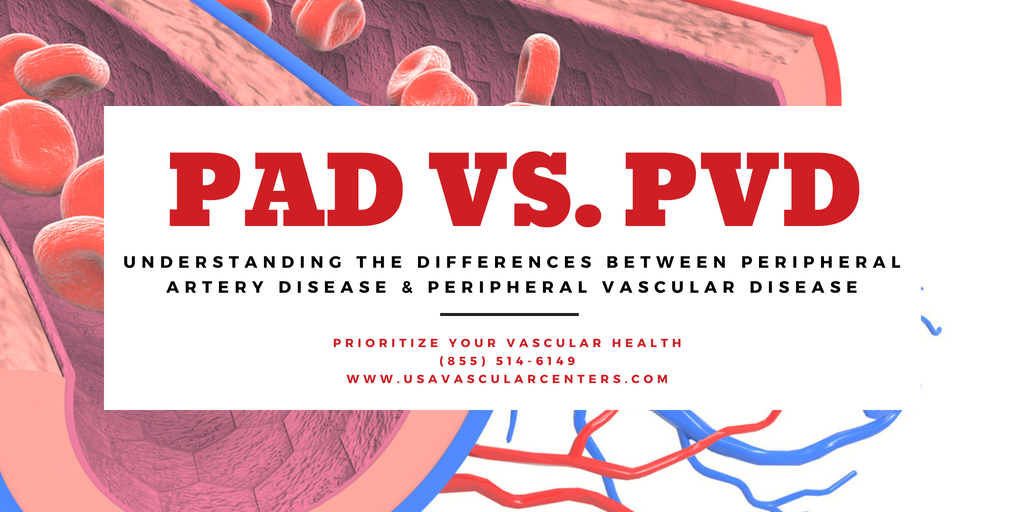
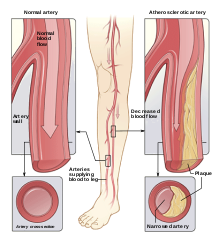







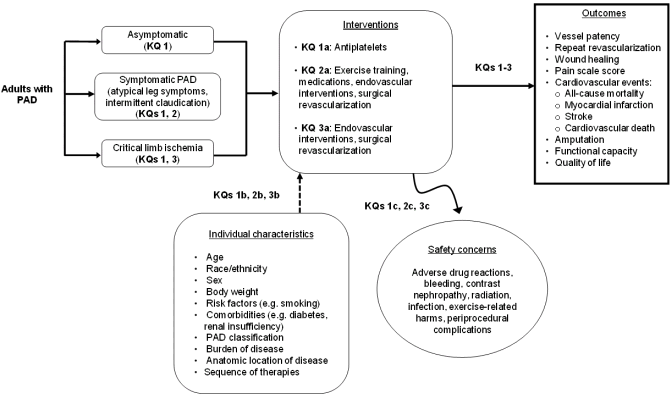

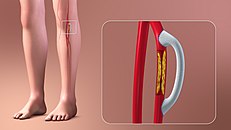






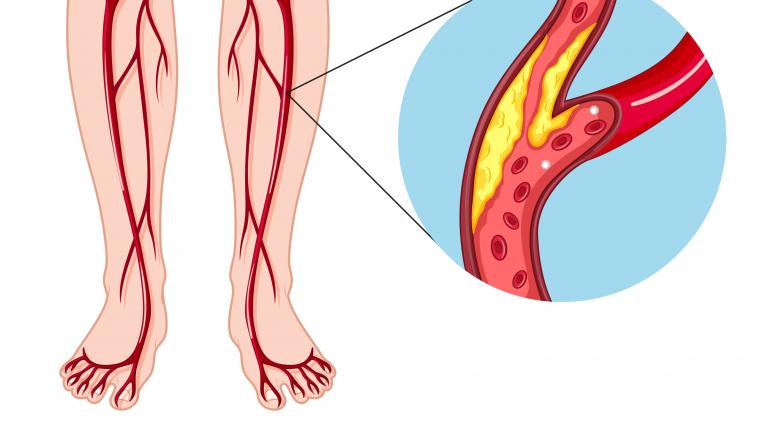



Post a Comment for "End Stage Peripheral Vascular Disease"